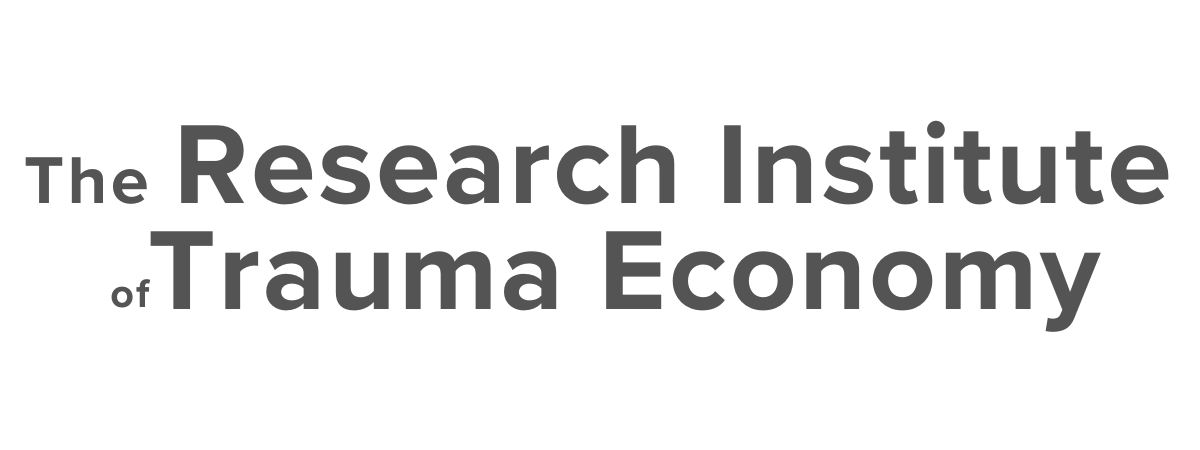Fear is the mind-killer
Cortisol, the HPA-Axis, and the Neuroscience of Trauma.
Cortisol, the HPA Axis, and the Neuroscience of Trauma.
Frank Herbert’s iconic phrase from his 1965 opus Dune, “Fear is the mind-killer,” is more than a chilling mantra—it’s a scientifically resonant insight into how trauma and stress reshape the human brain and body. Neuroscience and behavioral health research increasingly affirm what Herbert poetically suggested: fear, when left unchecked, becomes a biochemical saboteur, impairing cognition, health, and functioning.
At the heart of this phenomenon lies the hypothalamic-pituitary-adrenal (HPA) axis, our body’s central stress response system. When we encounter a threat—real or perceived—the amygdala triggers the hypothalamus to initiate a cascade of hormonal responses. Cortisol, the body’s primary stress hormone, floods the system, preparing us for “fight, flight, freeze, fawn, or flop” response.
In acute danger, this response is adaptive—a true life-saver. But chronic activation, especially during sensitive developmental periods, leads to toxic stress—a dysregulated physiological state with significant consequences in the short and long term.
Research on Adverse Childhood Experiences (ACEs) reveals how early exposure to fear, abuse, neglect, or household dysfunction over-activates the HPA axis. This hyper-reactivity hardwires the brain to anticipate threat, impairing the prefrontal cortex (the seat of logic, decision-making, and impulse control) and strengthening the amygdala (our fear center). In effect, fear hijacks the mind’s executive functions—literally killing the capacities for reason, learning, and adaptation. A downward trending cycle with compounding biopsychosocial complications.
Short-term effects of elevated cortisol include difficulty concentrating, memory lapses, mood swings, and sleep disturbances. Long-term, the costs are far greater. According to longitudinal studies, individuals with high ACE scores are at significantly increased risk for mental health disorders, substance abuse, chronic illness, and even early mortality.
But the damage doesn’t stop with the individual. The downstream consequences of unmitigated toxic stress manifest economically: lower educational attainment, reduced workforce participation, increased health care utilization, and higher incidence of crime and unemployment. Which is at the heart of what The Research Institute of Trauma Economy (RITE) explores—the connections between the internal damage of fear and how becomes an externalized economic burden.
In the world of Dune, mastery over fear is a path to power. In our world, understanding and interrupting the fear-stress cycle is a path to healing—biologically, psychologically, and economically.

